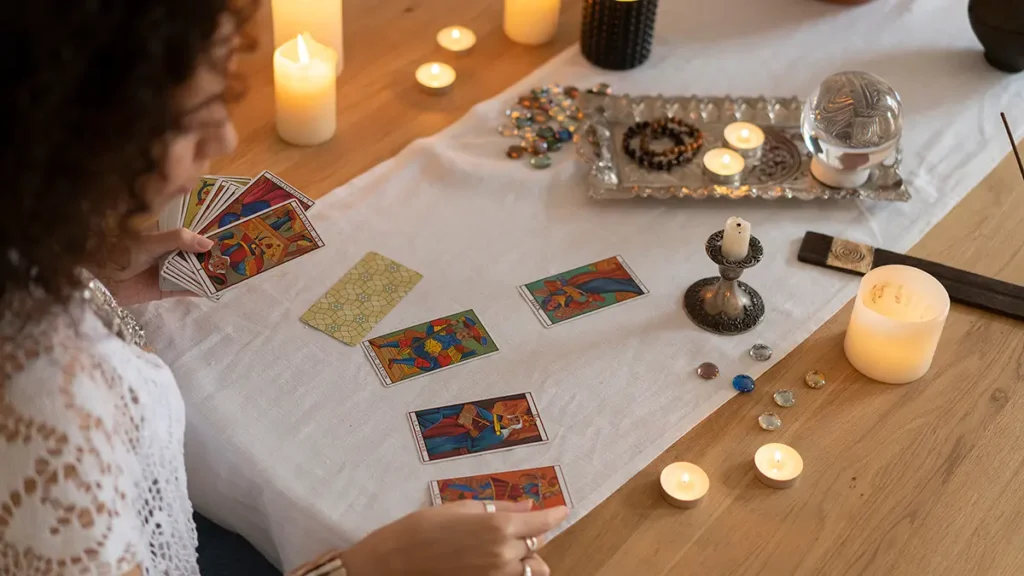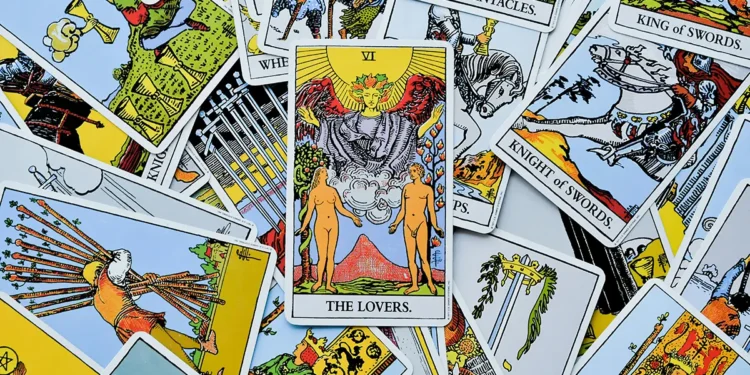It has long fascinated people with its rich symbolism and potential for self-discovery, and tarot is more popular than ever. Whether you’re drawn to the spiritual side, curious about the cards’ insights, or simply looking for a mindful hobby, **learning how to read tarot cards** is a great way to explore your intuition and open new doors of understanding.
Why Tarot Is Trending in 2025
Who would have predicted that tarot would have a moment in 2025? Well, perhaps those already familiar with its mystical roots. Gone are the days when tarot was confined to smoky fairgrounds and velvet-draped tents. Today, it’s found in homes, studios and coffee tables of the young, the curious, and the spiritually inclined. From TikTok to Instagram reels, tarot content is thriving—and with good reason. It offers a space for reflection, personal growth, and even social connection.
Understanding the Tarot Deck
A standard tarot deck has 78 cards split into two main sections: the **Major Arcana** and the **Minor Arcana**. The Major Arcana’s 22 cards represent life’s bigger moments, like The Fool, The Lovers, and The World. Meanwhile, the Minor Arcana is made up of 56 cards across four suits—Wands, Cups, Swords, and Pentacles—each linked to everyday experiences.
Choosing Your Deck
Your tarot deck should feel right to you. While many start with the classic **Rider-Waite deck**, there are countless modern, aesthetic, and themed decks to explore. Don’t rush—visit local shops or browse online until you find one that speaks to your style.
Connecting with Your Cards
Once you’ve got your deck, take time to connect with it. Study each card’s symbols, colours and characters. Many readers meditate with their cards, keep them nearby, or cleanse them with sage or moonlight to build a bond. It’s about developing a sense of trust between you and your cards.

Learning the Meanings
Start by exploring the traditional meanings through books or guides—but don’t stop there. **Trusting your intuition** is key. Keeping a tarot journal where you log your readings and impressions is a great way to grow. Over time, patterns emerge and your personal interpretations become stronger.
Want more thoughtful reads like this in your inbox? Sign up for our free newsletter at HERE and never miss a beat.
Simple Spreads for Beginners
Ease in with basic spreads. A one-card pull is ideal for daily guidance or quick clarity. The three-card spread—covering past, present and future—is another favourite for beginners. Once confident, try spreads like the Celtic Cross for deeper insight.
The Power of Intuition
**Reading tarot is intuitive by nature.** While structure helps, your gut feeling is what makes each reading truly personal. Let the images and emotions guide you. The more you practise, the more natural this becomes.
Finding Your Tarot Community
Tarot can be a solo or social experience. Once you’re confident, try offering readings to friends or joining a local group. You might even consider it as a side hustle—no silk scarves or crystal balls required.
Getting started with tarot doesn’t require mystical powers—just a willingness to explore and a bit of practice. With time, you’ll develop your own language with the cards and discover just how insightful this ancient tool can be.
Frequently Asked Questions
Do I need to be psychic to read tarot?
Not at all! Tarot is more about intuition and self-reflection than predicting the future. Anyone can learn.
What’s the best tarot deck for beginners?
The Rider-Waite deck is a popular choice thanks to its clear symbolism and many available resources.
How often should I read my tarot cards?
As often as you like. Daily draws can help build familiarity, while weekly or monthly readings work for deeper insights.
Can I read tarot for others as a beginner?
Yes—once you’re comfortable, giving readings to friends is a great way to practise and learn.










